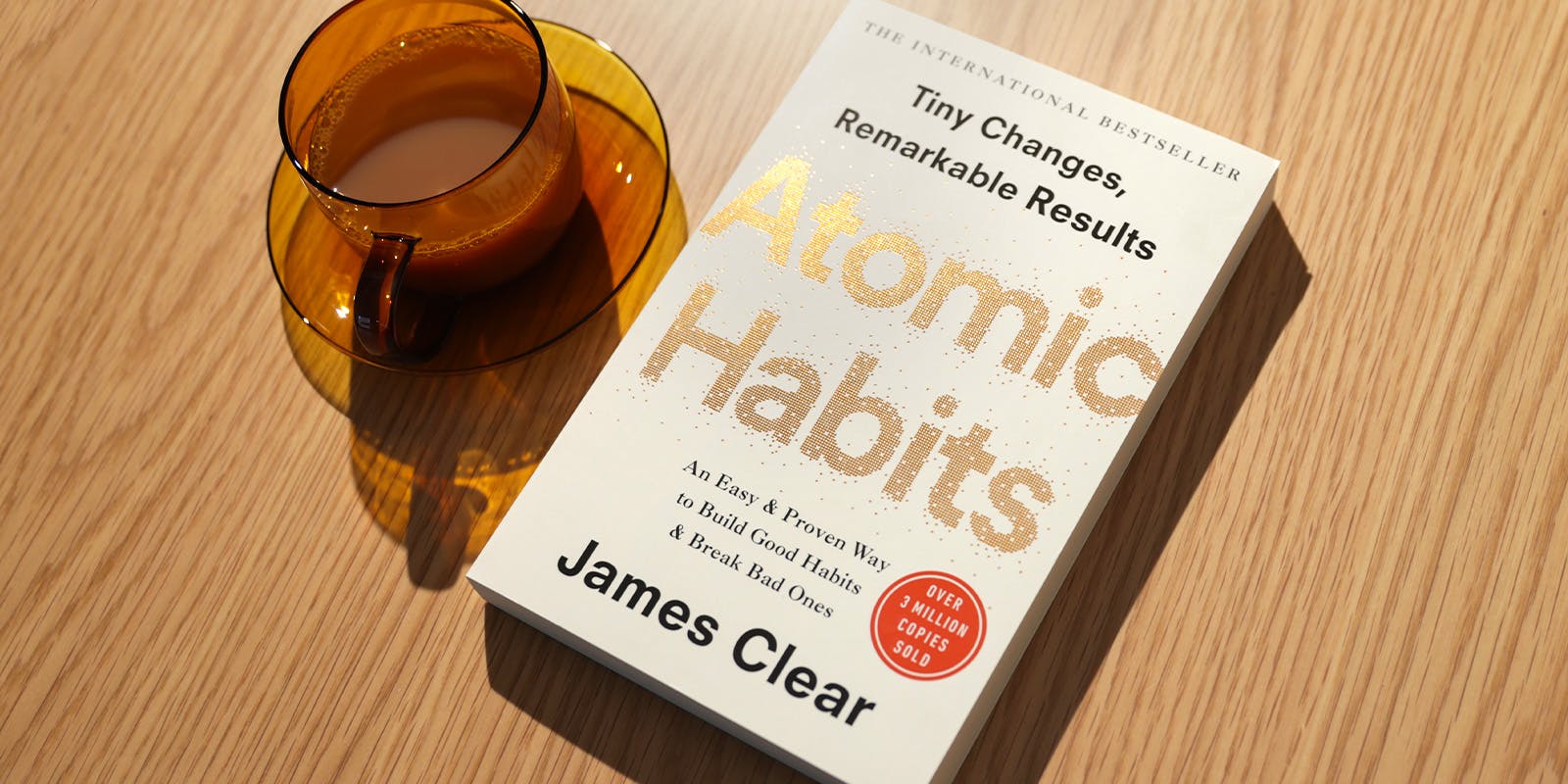Atomic Habits: 7 Key Points
 Swadhin Roy Sunny
Swadhin Roy Sunny
James Clear's Atomic Habits offers a deep dive into the science of habits, breaking down how small, consistent actions can lead to significant, life-changing results. If you’ve ever struggled with building good habits or breaking bad ones, this book provides a clear and actionable roadmap. Here's a summary of the 7 key takeaways:
1. The Compound Effect of Small Habits
One of the most powerful ideas in Atomic Habits is the concept of the compound effect. Clear explains that small, consistent habits, when repeated over time, can lead to significant and lasting changes. This idea is rooted in the principle that tiny improvements, even just 1% better each day, can accumulate into substantial progress over months or years. Clear emphasizes that habits are the compound interest of self-improvement; just as money multiplies through compound interest, the effects of your habits multiply as you repeat them.
Key Takeaway: Focus on small, incremental improvements rather than seeking drastic changes. Over time, these small changes compound and lead to remarkable results.
2. The Four Laws of Behavior Change
Clear introduces a framework called the Four Laws of Behavior Change, which are actionable principles to create good habits and break bad ones. These laws are:
Make it Obvious: To build a habit, you need to make the cues that trigger the behavior clear and visible. This could involve setting visual reminders or restructuring your environment to make the desired behavior more apparent.
Make it Attractive: The more appealing a habit is, the more likely you are to adopt it. Clear suggests leveraging the power of temptation bundling (pairing a habit you want to build with something you already enjoy) to increase its attractiveness.
Make it Easy: The easier a habit is to start, the more likely you are to stick with it. This involves reducing the friction in the process and breaking down habits into manageable steps.
Make it Satisfying: Immediate rewards are essential for reinforcing habits. When a behavior is satisfying, you're more likely to repeat it. Celebrating small wins or using habit trackers can help make habits more rewarding.
Key Takeaway: Use the Four Laws of Behavior Change as a practical guide to forming new habits and eliminating bad ones.
3. Identity-Based Habits
Clear emphasizes the importance of aligning your habits with your identity. Instead of focusing solely on goals (e.g., losing weight, writing a book), he suggests focusing on the type of person you want to become (e.g., someone who is healthy, someone who writes daily). When you shift your focus to identity, your habits become a reflection of who you are and who you want to be.
For example, if you want to develop a reading habit, instead of setting a goal to read a certain number of books, adopt the identity of a reader. This shift in mindset makes it easier to stick to the habit because it's not just something you do; it's who you are.
Key Takeaway: Focus on becoming the kind of person who embodies the habits you want to develop, rather than just achieving specific outcomes.
4. The Role of Environment
Clear argues that your environment plays a crucial role in shaping your habits. By designing your environment to support positive habits and reduce triggers for negative ones, you can make behavior change easier and more sustainable. This includes organizing your physical space, digital environment, and social surroundings in a way that encourages good habits.
For instance, if you want to eat healthier, keeping nutritious snacks within easy reach and removing junk food from your home can make it easier to make better choices.
Key Takeaway: Design your environment to make good habits more obvious and accessible, and to reduce temptations that lead to bad habits.
5. The Importance of Habit Stacking
Habit stacking is a technique where you link a new habit to an existing one. This method leverages the momentum of your current habits to create new ones. For example, if you already brush your teeth every morning, you can stack a new habit like flossing right after brushing.
Clear suggests using the formula: After [current habit], I will [new habit]. This approach not only helps in remembering to perform the new habit but also makes it easier to integrate it into your routine.
Key Takeaway: Use habit stacking to seamlessly integrate new habits into your existing routine by linking them to habits you already perform regularly.
6. The Plateau of Latent Potential
One of the reasons people give up on their habits is that they don't see immediate results. Clear introduces the concept of the Plateau of Latent Potential, where progress is often invisible for a period before it becomes apparent. This period of little or no visible progress can be discouraging, but it's essential to understand that significant results often come later, after consistent effort.
Clear uses the metaphor of an ice cube that slowly warms up: it takes time to reach the melting point, and only then do you see the change. The key is to persist through the plateau, knowing that your efforts are accumulating even if you can't yet see the results.
Key Takeaway: Understand that progress often follows a delayed timeline, and persistence is crucial during periods of little visible improvement.
7. How to Break Bad Habits
Breaking bad habits requires the inverse application of the Four Laws of Behavior Change:
Make it Invisible: Reduce exposure to the cues that trigger your bad habits. For example, if you're trying to reduce screen time, keep your phone out of reach during work hours.
Make it Unattractive: Reframe how you think about the habit. Focus on the negative aspects of the habit to make it less appealing.
Make it Difficult: Increase the friction for performing the bad habit. For instance, if you want to stop eating junk food, make it harder to access by not keeping it in the house.
Make it Unsatisfying: Introduce an immediate cost to the bad habit. This could be through accountability partners or by creating consequences for engaging in the habit.
Key Takeaway: Apply the inverse of the Four Laws to disrupt bad habits, making them harder and less appealing to perform.
Subscribe to my newsletter
Read articles from Swadhin Roy Sunny directly inside your inbox. Subscribe to the newsletter, and don't miss out.
Written by

Swadhin Roy Sunny
Swadhin Roy Sunny
I am Swadhin Roy Sunny, a highly motivated STEM enthusiast, mental health advocate, and young researcher. As an international award-winning student, I am dedicated to making a positive impact through science and technology. I founded Monobadh, a non-profit organization focused on mental health awareness, and I am also a content creator on YouTube, sharing my passion for learning and discovery. As a young entrepreneur, I am committed to fostering innovation and growth. I enjoy writing about travel, life philosophy, and physics, and I am always eager to connect with like-minded individuals and professionals.